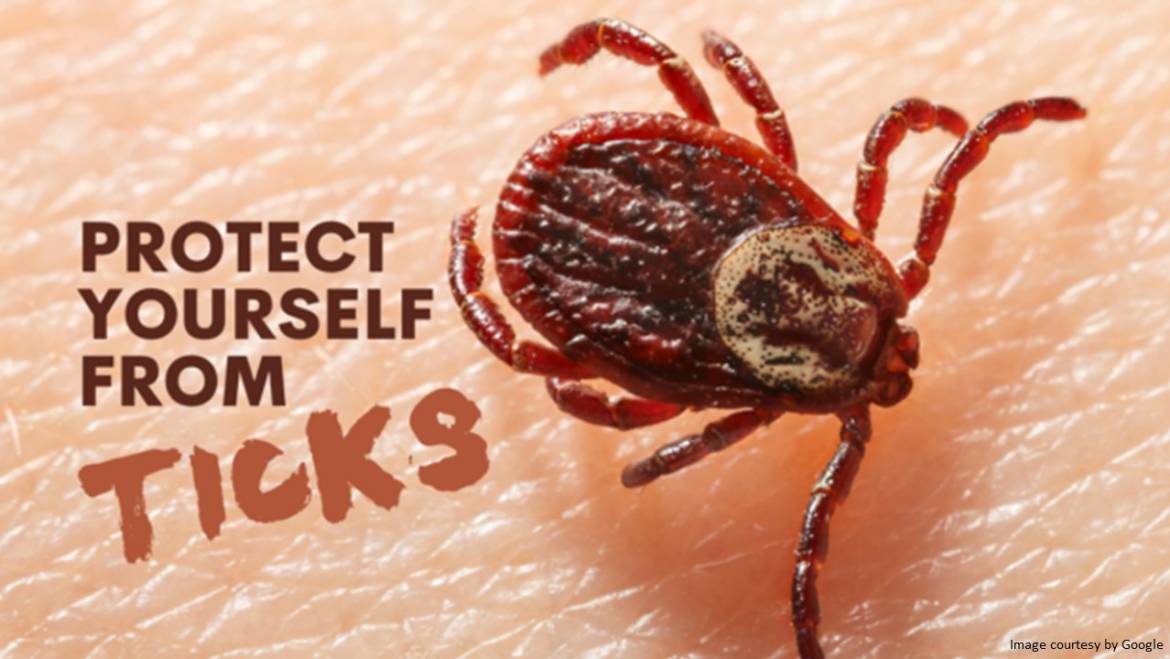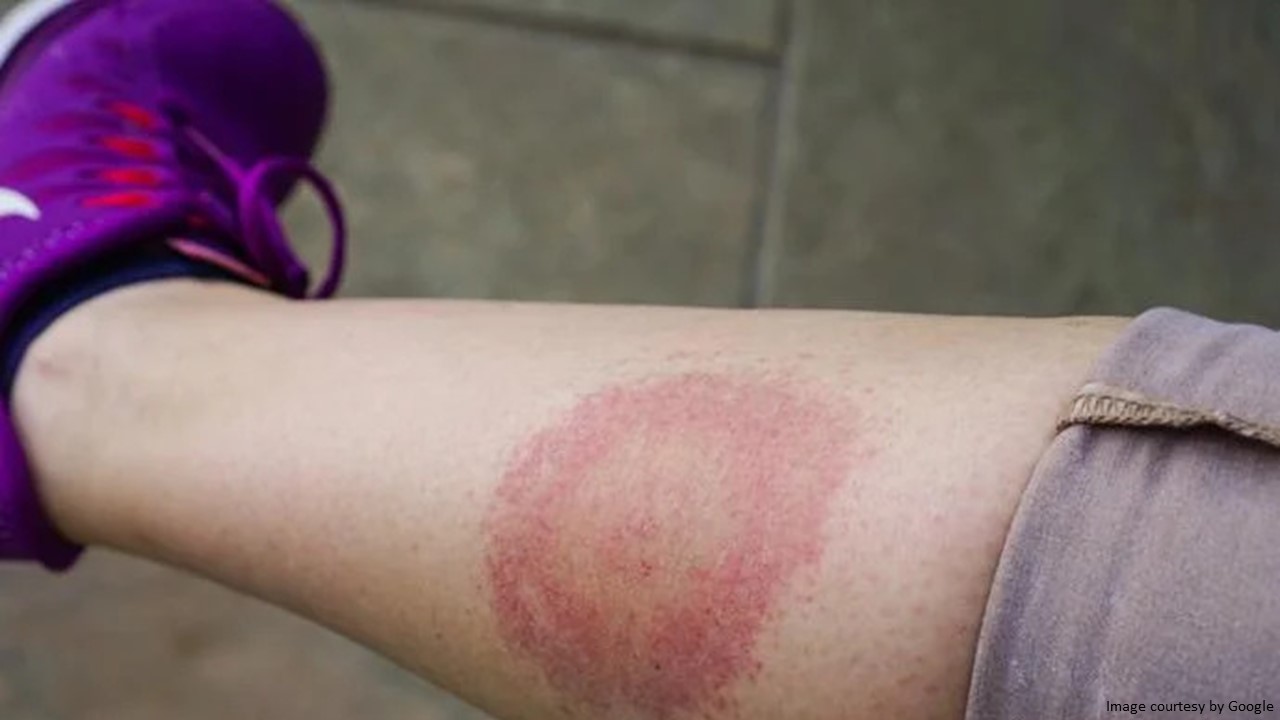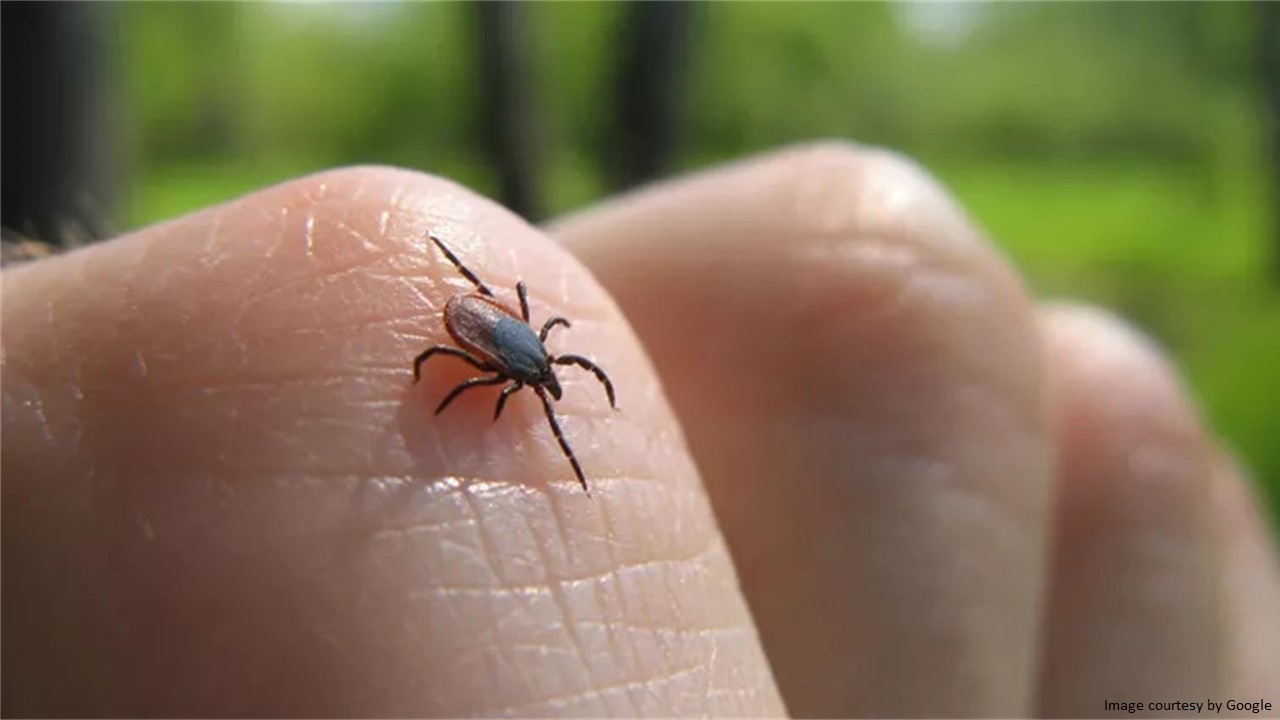Did you recently get bitten by a tick? This may result in an illness known as Lyme disease. Ticks infected with germs called Borrelia cause Lyme disease. What is Lyme disease? Lyme disease is caused when an infected tick bites any body part.
The disease is commonly caused by a spirochete, which is a bacterium. The real name of the bacterium causing Lyme disease in the United States is Borrelia burgdorferi.
Ticks get this bacterium when they bite infected animals such as deer and mice. Most people who suffer from a tick bite do not get Lyme disease. This is because not every tick is infected, and the risk of getting the disease only increases as long as the tick is infected. The first few signs after the bite are sore throat, congestion, headaches, and stiffness. The other symptoms during the initial and advanced stages of Lyme disease are given below.
The symptoms appear as follows:
There are varied signs and symptoms caused by Lyme disease that affect multiple systems. The joints, skin, and nervous system are the most commonly affected areas. At the initial stage: Getting a circular skin rash is the most common symptom in the early phase of Lyme disease. It is also known as erythema migrans. If the condition is left untreated, severe symptoms can develop within weeks or months after the tick bites. In some people, rash is the only symptom, but others can have flu-like symptoms as well, and these are:
-
- Fatigue
- Headache
- Fever
- Muscle pain
- Neck stiffness
- Joint pain
At the later stage:
People may experience a few severe Lyme disease symptoms at a later stage; when the disease is left untreated, these include:
-
- Joint pain: Episodes of inflammatory arthritis are commonly faced by people
- Neurological symptoms: Conditions affecting the nervous system are- numbness and pain in the limbs, impaired memory, difficulty in concentrating, and temporary paralysis of one-half of the facial muscles
- Heart problems: In a few cases, Lyme disease can cause inflammation of the heart muscles. This can affect the heartbeat, including fainting and shortness of breath. You can prevent tick bites by following the given precautionary measures that diminish the risk of tick bites: The best way to avoid Lyme disease is to follow every precautionary measure that diminishes the risk of tick bites. What you can do is:
- Try to avoid all those areas where you know that the infected ticks may thrive. When you are out in the countryside, keep away from the long grass or overgrown vegetation if it is an area where ticks are known to live. Ticks are commonly found in the long grass because they search for prey or feed.
- Always wear appropriate clothing while paying visits to a tick-prone area. A full-sleeved shirt or long trousers can be considered.
- Pay close attention to your entire body daily to check if any infected tick is stuck to the skin.
- Check your child’s head, scalp, or neck region to prevent Lyme disease symptoms.
- You may consider using tick-repellent spray, lotion, or cream on the skin.
- Have a shower after heading home from a tick-infested area.
- Closely check your pets to see whether they bring any ticks stuck in their fur. Even after your utmost consciousness, if any tick is by chance attached to the skin, then you should:
- Grip the tick from its attachment point to the skin using forceps or a tick removal device.
- Pull it steadily upwards and away from the skin. Do not crush the tick.
How can you treat your Lyme disease?
The doctor or your health specialist may prescribe oral antibiotics to treat Lyme disease symptoms. Depending on the stage and condition, many people require a course from weeks to a month. While going on an antibiotic course, one should complete it as this will ensure that all the bacteria present have been killed. If arthritis is one of the Lyme disease symptoms, antibiotic injections can also be used. Many people experiencing later symptoms of Lyme disease require a set course of intravenous antibiotics. When you use them, a few antibiotics can make the skin sensitive to sunlight, so it is advised to go through the instruction leaflet once.
Conclusion!
To lead a healthy life and to prevent yourself from getting infected with Lyme disease, try not to go to any tick-prone areas. Follow every precaution and consult your doctor when you realize you develop symptoms like rash or fever.
Also Read: Cefuroxime Axetil Antibiotic Treatment





